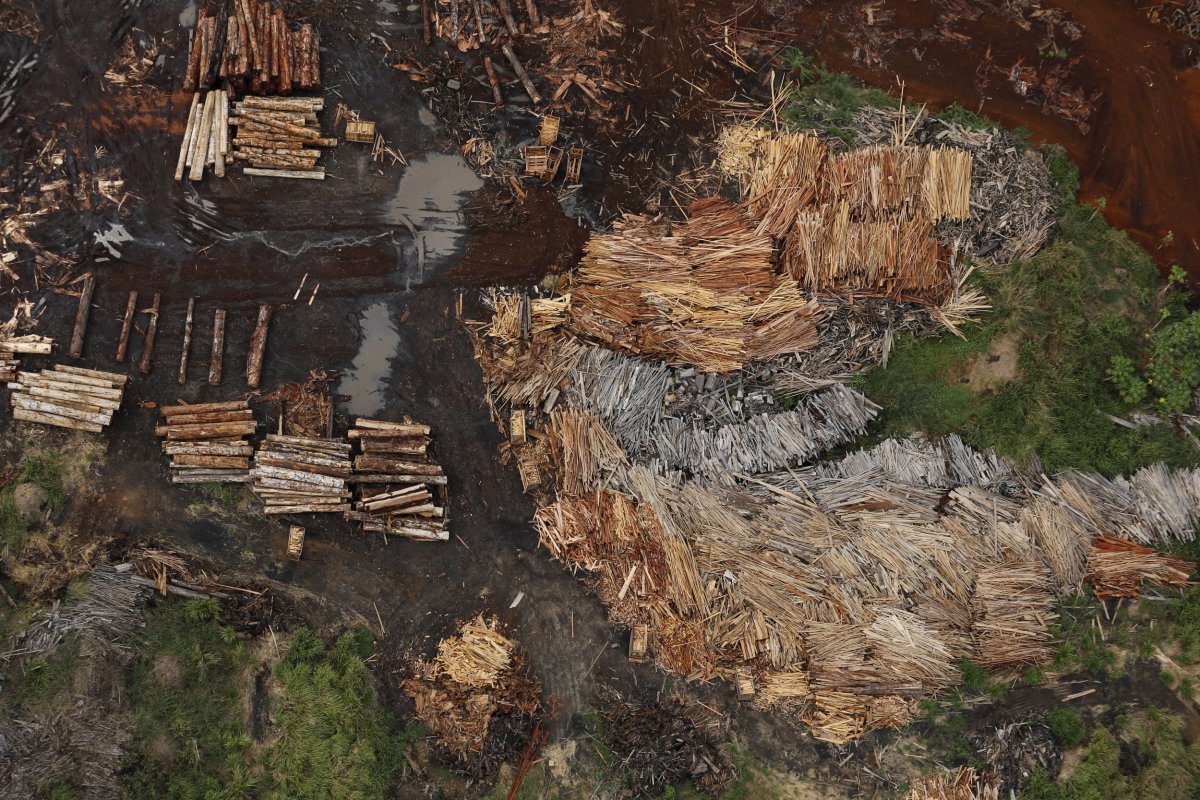
The Earth has a way of healing itself—particularly if humans help to conserve and restore it.
"Natural climate solutions" could help the world reach the goals of the Paris climate agreement—which include keeping the world's temperatures from rising more than 2 degrees Celsius. There are 20 conservation, restoration and land management actions that could help, according to a study published in the Proceedings of the National Academy of Sciences. By increasing how much carbon the land can store through absorbing carbon dioxide from the atmosphere, these steps could provide 37 percent of carbon dioxide mitigation necessary through 2030.
Ultimately, eliminating fossil fuels is necessary to curb climate change, said William H. Schlesinger, co-author and president emeritus of the Cary Institute of Ecosystem Studies. Until people can entirely eliminate fossil fuels, however, these natural pathways could assist with mitigation for the time being.
"But it smooths the transition of society to that future," Schlesinger told Newsweek.

The study noted three focuses for natural climate solutions: forests, agriculture and grasslands, and wetlands. Their calculations took into consideration the challenges of these goals while maintaining food and fiber security as well as biodiversity conservation.
Forests had by far the most climate mitigation potential. Reforestation had the highest benefits of all the various solutions by two to three times more climate mitigation potential. Reducing deforestation and improving forest management also had relatively high benefits of reducing carbon dioxide in the atmosphere. The authors also said more sustainable timber practices, avoiding wood fuel (by using better cooking stoves) and managing wildfires were natural solutions, but had less potential for mitigation.
Biochar, which is essentially charcoal made from plant material, is thought to be useful for storing carbon in soil and could offer another approach to mitigating climate change. Schlesinger said it is still a natural solution—but not a major one like reforestation or reducing deforestation areas.
Other solutions included putting trees in croplands, nutrient management by reducing excess fertilizer and improving water quality, conservation agriculture techniques including reducing tillage-systems and using cover crops during the off-season and avoiding grassland conversion. There were various grazing practices and improved rice cultivation that would improve efficiency of food production while mitigating climate change as well.

Wetlands had a much lower overall mitigation potential, though Schlesinger noted that it is largely because so much acreage of wetlands have been lost already that the total area of them is much lower. Protecting and restoring the coastlines and peat (decomposing plant matter often a part of wetland ecosystems) did not have as high of mitigation potential as forest protection efforts—but Schlesinger stressed their importance because of the high carbon storage rates of wetlands and their ability to clean the water.
Schlesinger said much of this research was completed before President Trump announced his intention to withdraw from the Paris climate agreement—leaving the U.S. the lone country in the world that won't be a part of the agreement. Though Trump cannot formally withdraw from the Paris agreement until after the 2020 election, it has caused frustration for scientists who see withdrawing as a major step backwards for climate action.
He and his colleagues were "supremely depressed by the U.S. essentially giving up its position of leadership on this issue," Scheslinger said. "This is supremely depressing because the science is so solid."
Nearly all of these natural solutions analyzed in the paper also carry collateral benefits of cleaner air, water, soil and improved biodiversity. Those benefits weren't included with the potential cost-effectiveness of the natural climate solutions, and the authors wrote that some of these benefits have high monetary values—for instance, flood control and air filtration.
"Natural climate solutions are the major unrecognized bridging technology in coming decades, affordable and scaleable now," Bronson Griscom, lead author and director of forest carbon science at The Nature Conservancy, told Newsweek in an email. "Re-greening the planet is no longer just a good idea, it is a requirement for stabilizing our climate."
Uncommon Knowledge
Newsweek is committed to challenging conventional wisdom and finding connections in the search for common ground.
Newsweek is committed to challenging conventional wisdom and finding connections in the search for common ground.
About the writer
Sydney Pereira is a science writer, focusing on the environment and climate. You can reach her at s.pereira@newsweekgroup.com.
To read how Newsweek uses AI as a newsroom tool, Click here.








